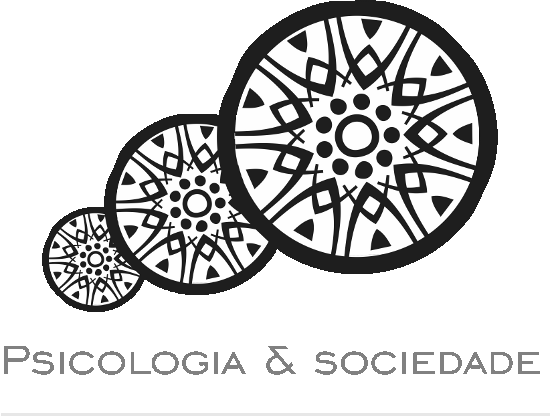Abstract
The study aimed to describe characteristics related to the revolving door phenomenon in a Child and Adolescent Shelter Unit and to analyze the way in which the service manages this phenomenon. A qualitative case study was carried out with the analysis of: semi-structured interviews; participant observation recorded in a field notebook; documents and a focus group. From the analysis, three themes were constructed: Broken bonds: “If the family does not take care of itself, we can’t” (generational issues, family bonds, adherence to treatment); Underfunding: “They work miracles with the resources they have” (state underfunding, prejudice and private investment); Public policies: “This is not my problem” (segmentation of care, lack of community support and information/preparation of the institutions). These points constitute barriers in the treatment of children and adolescents that use drugs and highlight the revolving door phenomenon.
Keywords:
Case study; Drugs (use); Treatment; Children and adolescents; Public policies
